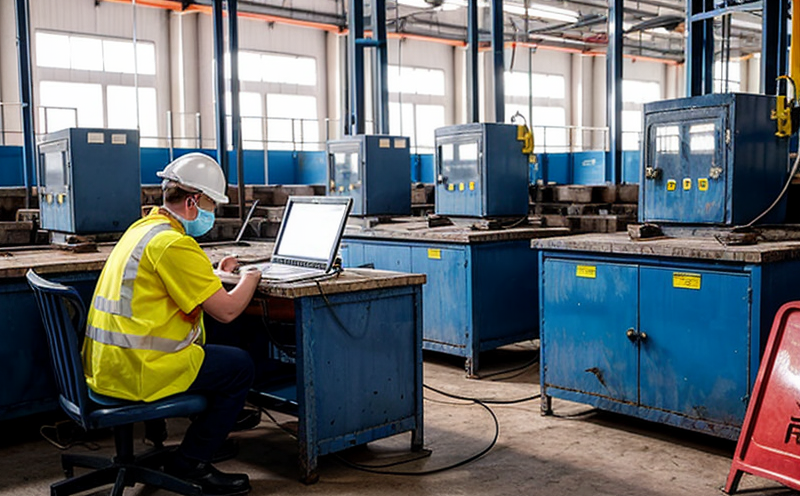EN 352 Hearing Protection Testing for Factory Workers
The European Standard EN 352 is designed to ensure that hearing protection devices (HPDs) used in industrial settings meet the necessary safety and performance requirements. This standard specifically addresses the need for effective noise reduction while maintaining comfort and fit for factory workers who are frequently exposed to high levels of noise.
Factory environments, such as those found in manufacturing plants or processing facilities, often expose employees to hazardous noise levels that can lead to significant hearing damage over time. To safeguard worker health and comply with regulatory standards like EN 352, employers must ensure that the correct HPDs are provided and tested regularly.
The testing process outlined by EN 352 involves several key steps. First, the HPD is subjected to a series of noise reduction tests using an artificial ear model designed to simulate human auditory canal dimensions accurately. This ensures that the measured results reflect real-world performance.
Once tested, the HPDs are evaluated based on their Noise Reduction Rating (NRR), Sound Transmission Loss (STL), and other relevant parameters. Compliance with EN 352 not only guarantees protection against excessive noise but also promotes a safer work environment by reducing the risk of occupational hearing loss.
For accurate testing, specialized equipment such as sound calibrators, noise measurement microphones, and audiometric test instruments are used. These tools help in measuring the effectiveness of various HPDs under different conditions, ensuring consistent performance across all models.
In addition to laboratory testing, field evaluations may be conducted where actual factory settings can provide insights into how well the HPDs perform in real-world scenarios. Factors like ambient noise levels, humidity, temperature, and worker movement are considered during these assessments.
Quality control measures include regular inspections of HPD batches by trained personnel to ensure consistency with EN 352 specifications. This includes checking for proper fit, sound attenuation properties, and durability over time. By adhering strictly to these standards, manufacturers can provide reliable protection that meets both regulatory requirements and end-user expectations.
- Quality Control: Regular inspections of HPD batches ensure consistency with EN 352 specifications.
- Fit Testing: Ensures that the HPDs fit properly, which is crucial for effective noise reduction.
Eurolab Advantages
Eurolab offers comprehensive services tailored to meet the stringent demands of EN 352. Our team of experts ensures that every aspect of your hearing protection testing is conducted according to international standards.
- Comprehensive Testing: We provide a full range of tests including noise reduction, STL, and fit evaluation.
- Accurate Results: Using state-of-the-art equipment, we deliver precise data that can be trusted for regulatory compliance.
Quality and Reliability Assurance
At Eurolab, quality assurance is paramount. We employ rigorous methods to maintain the highest levels of reliability in our testing processes.
- Calibration: All instruments are regularly calibrated against certified standards to ensure accuracy.
- Training: Our staff undergo continuous training to stay updated on the latest techniques and methodologies.
Use Cases and Application Examples
EN 352 hearing protection testing is applicable in various industrial settings where workers are exposed to high noise levels. Here are some practical applications:
- Manufacturing Plants: Factories with machinery that generates loud sounds, such as presses or stamping dies.
- Processing Facilities: Locations like meat processing plants where workers handle heavy equipment and machinery.





